
Dear readers,
Paint in autumn! - A few years ago, a major paint manufacturer used this slogan to advertise the long service life of its antifouling paints. This year, the campaign should be called: Buy in autumn, and stock up now! Because it is unclear, to say the least, what owners who want to buy paints containing biocides will have to face from 1 January 2025. This is because when the transitional regulations expire, sections 10 to 13 of the "Ordinance on the reorganisation of national sub-legislative provisions for biocidal products" will come into force, which does not bode well.
A ban on self-service is enshrined there, and proof of need must also be provided and a personal consultation conducted. The exact regulation we have presented here.
Even if the new levy rules are intended to ensure greater environmental and consumer protection, they are primarily at the expense of owners and small shops. This is because the purchase process is simply becoming more complicated. The days when highly toxic antifoulings from commercial shipping were transported to winter storage and processed in barrels are long gone. Today's coatings are already subject to an extensive authorisation procedure and have a low hazard potential. Otherwise they would not be allowed to be sold to private users.
As a rule, they are also processed properly and the residues are disposed of via the hazardous waste collection centres. Thanks to the existing EU-wide regulations, appropriate instructions can be found on every can and can be read there directly before use.
It is difficult to imagine to what extent a government-imposed dispensing dialogue, which was probably a few days, weeks or even months ago when the biocides were processed, will lead to more appropriate handling of the biocides. Nor will it reduce the amount of biocides used. At least I don't know of any owner who voluntarily rolls an unnecessary amount of antifouling onto the hull, especially as the products are not the cheapest. For a 35-foot yacht, you can easily expect to pay 160 euros per coat, and that's just for the paint.
The fact that each individual purchase process triggers a sales dialogue also seems impractical. Not to mention the requirements for online retail, which will also only be possible with a personal sales dialogue. It is unlikely that this will support bricks-and-mortar retailers, because unlike large mail-order companies, small outfitters cannot rely on centralised processing; the knowledgeable person must be directly in the shop - and have a holiday or sickness cover.
What really surprised me, however, was what I had to listen to when researching the topic. Enquiries at SVB, Bauhaus or Compass and others paint a clear picture: How to implement the new rules in practice is not only a challenge for retailers, there is also a great deal of confusion among the authorities involved. For example, which documents can be used to prove the need for biocides. "In the end, the lawyers who issue warnings are happy," said one of the people I spoke to, summarising the situation.
The only positive effect that could be gained from making the sale and purchase of biocide-containing products more difficult is the hope that biocide-free products will receive a boost. These coatings may continue to be sold as self-service products and are likely to move to the front of the shelves. However, even if all manufacturers are working on such alternatives, they are by no means suitable for all areas and require adjustments to the infrastructure, as none of the products can manage without gentle intermediate cleaning at the usual speeds and lay times of sailing yachts.
Instead of protecting the environment and consumers, the regulation is therefore more likely to lead to private stockpiling, as the material can be purchased unchanged until 1 January and retailers are already calling on consumers to stock up for the coming seasons, according to the motto: Buy in autumn!
Hauke Schmidt
YACHT editor
Click on it to see through:
The week in pictures
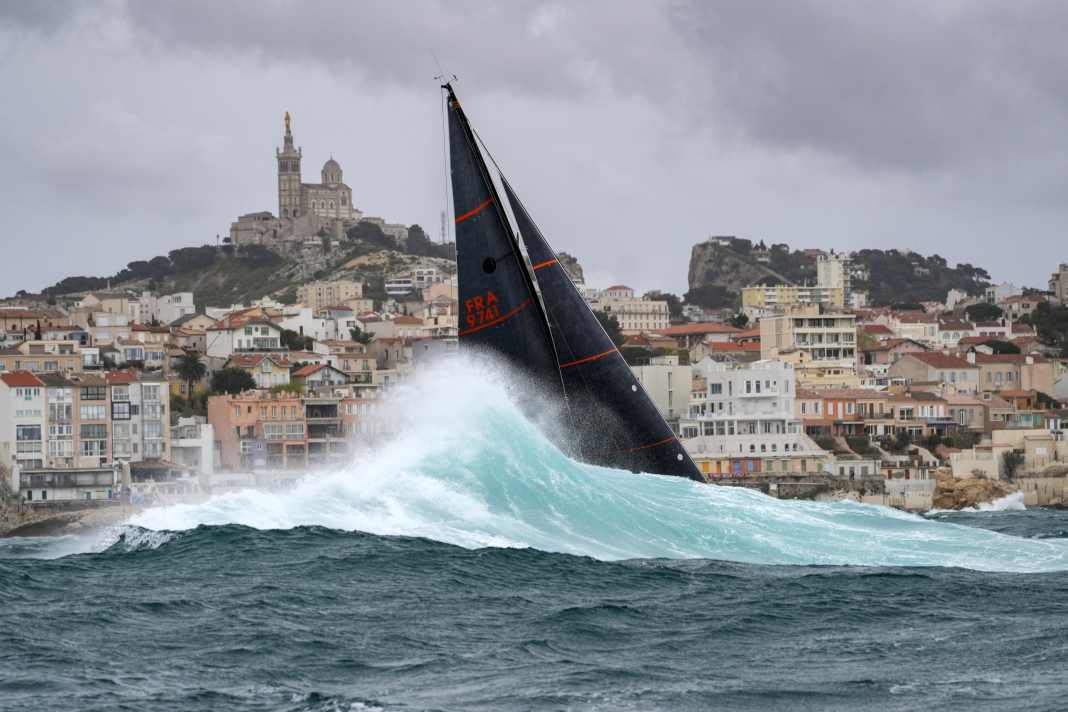





Recommended reading from the editorial team

Gift idea
Voucher for YACHT Premium as a last-minute present

A gift voucher for YACHT Premium is an excellent last-minute gift for all sailing and water sports enthusiasts for Christmas!
Record from space
Monster wave of 19.7 metres measured by satellite
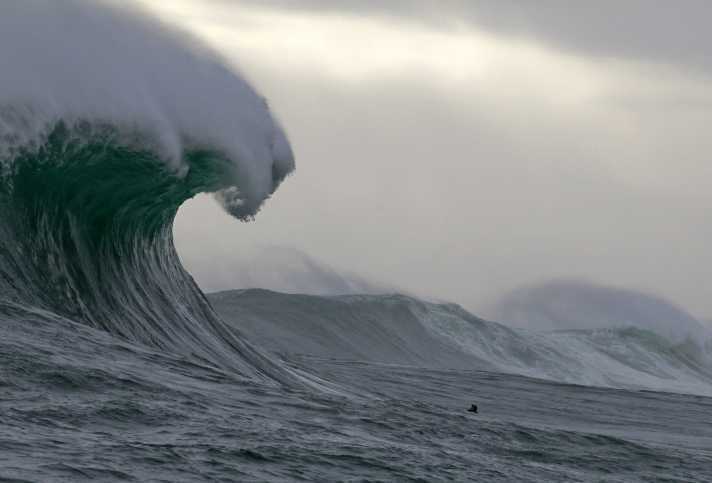
A new satellite system makes it easier to recognise monster waves. A recently published study shows how storm waves can cross oceans and endanger even distant coasts. The more accurate detection could also improve routing programmes.
YACHT readers' trip
On the "Sea Cloud II" 900 nautical miles through the Caribbean

The multifaceted YACHT readers' trip through the Caribbean dream destination starts on 6 March and takes us through one of the most beautiful sailing areas in the world in ten days.
Shipyard portrait
Pure Yachts produces in small series with big goals
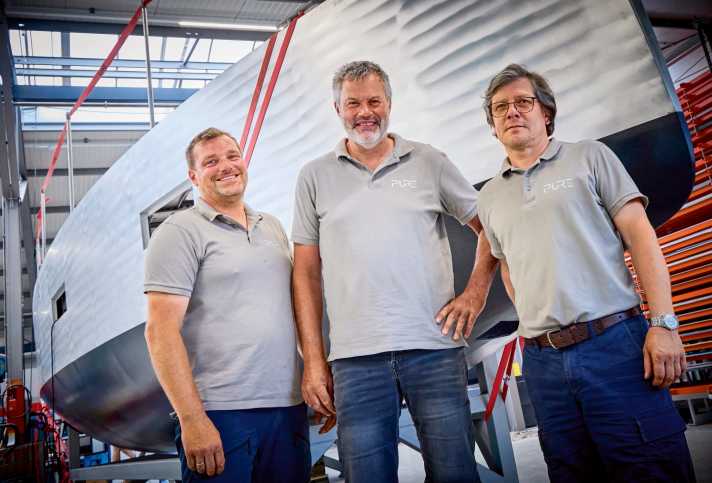
The Pure Yachts shipyard, newly founded in Kiel, focuses on long-distance performance yachts made of aluminium. It can already boast its first successes.
Baltic Sea
Fehmarn Sound Bridge - Reduced clearance height
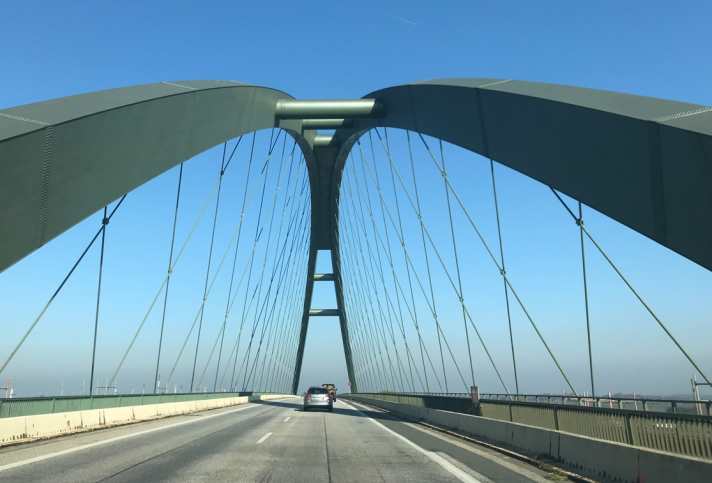
Watch out for the mast stop! The clearance height of the Fehmarnsund Bridge has been reduced until summer 2026. Due to construction work, only 20 metres are available instead of the usual 23 metres.
M.A.T. 11
The Orient-Express is set to become the new ORC pick-up

Hot racer from the Orient. The M.A.T. 11 is set to create new excitement in the ORC scene. The design comes from Matteo Polli.
Shadows in paradise
Brutal attack on expedition boat in Papua New Guinea

The first motorless circumnavigation of Antarctica by sailing boat was abruptly interrupted by a brutal robbery in Papua New Guinea. The expedition ship "Zhai Mo 1" was badly damaged and looted, putting the voyage of the Chinese sailor Zhai Mo on ice for the time being.
Dispute over measurement
ORC and X-Yachts agree on cooperation - joint statement
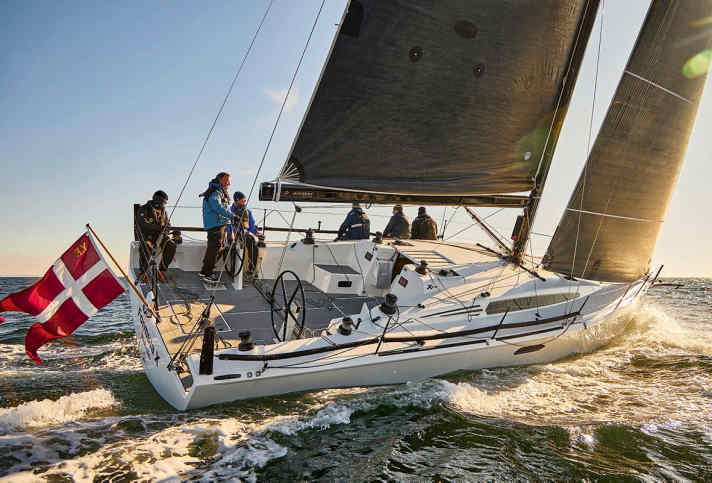
Due to the debate surrounding the XR 41, the Offshore Racing Council (ORC) is reviewing its algorithm for calculating race values.
Hallberg-Rassy 370
Sailing and living at the highest level in the YACHT test
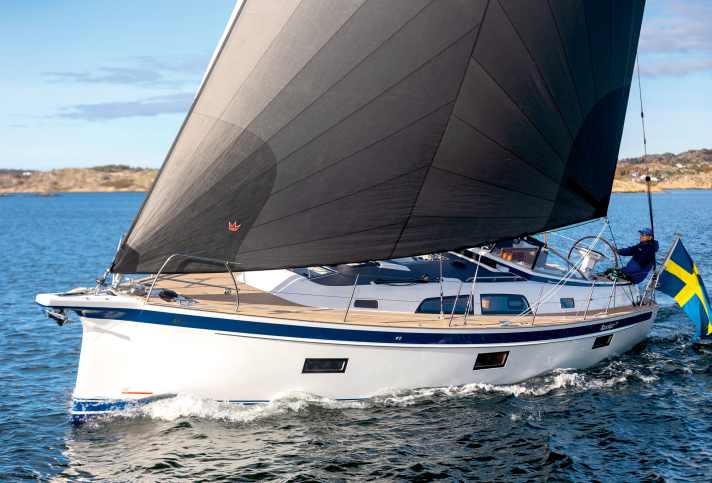
With the Hallberg-Rassy 370, the Swedes present a cruising yacht that leaves almost nothing to be desired. We have tested the first model.
Globe40
On course for La Réunion - concerns about the mast remain
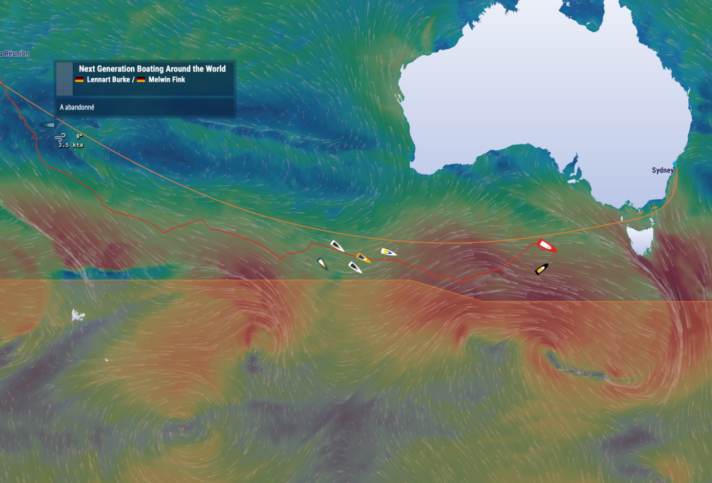
Lennart Burke and Melwin Fink are on their way back to La Réunion in the Globe40. While the competition is aiming for Sydney, the GER duo are fighting on all fronts.
Newsletter: YACHT-Woche
Der Yacht Newsletter fasst die wichtigsten Themen der Woche zusammen, alle Top-Themen kompakt und direkt in deiner Mail-Box. Einfach anmelden:

